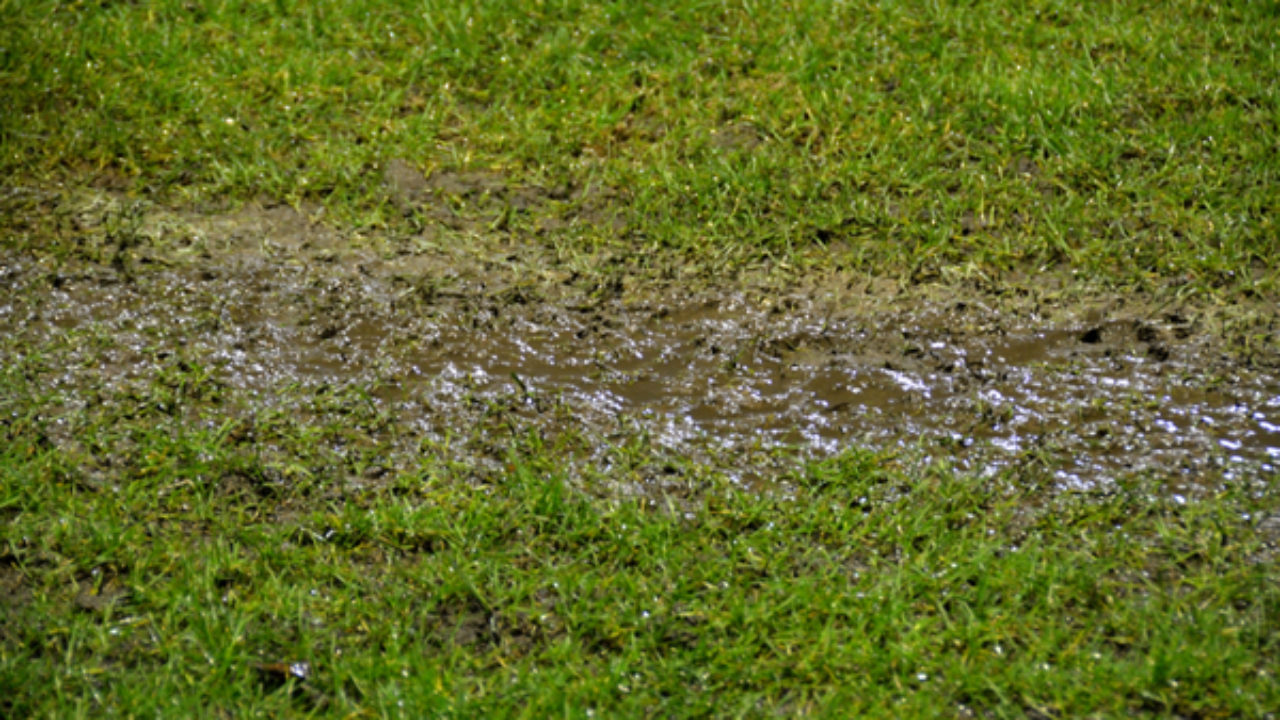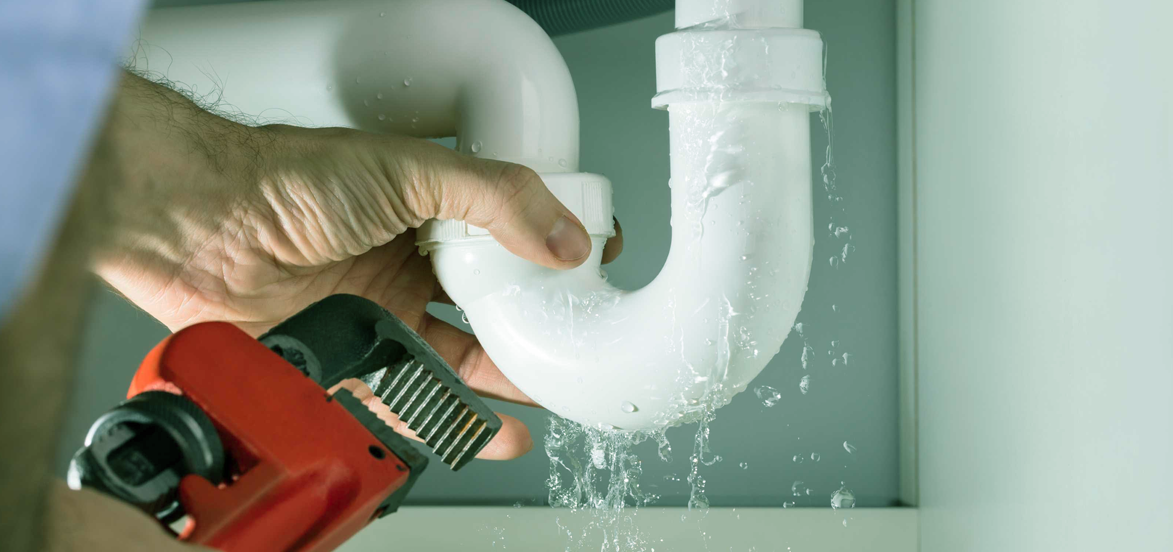Unveil Concealed Water Line Leaks: Six Effective Finding Methods
Unveil Concealed Water Line Leaks: Six Effective Finding Methods
Blog Article
Just how do you really feel when it comes to Finding hidden leaks?

Early discovery of dripping water lines can reduce a possible disaster. Besides conserving you money, it will decrease the stress and also aggravation. The minute you locate a leak, calling your plumber for repair services is the most effective remedy. Some little water leakages may not be visible. If you can not identify it with your naked eyes, right here are some hacks that assist.
1. Analyze the Water Meter
Every home has a water meter. Inspecting it is a proven way that helps you find leaks. For starters, shut off all the water resources. Make sure no person will certainly purge, make use of the tap, shower, run the cleaning equipment or dishwasher. From there, go to the meter and watch if it will change. Given that no person is utilizing it, there need to be no activities. If it relocates, that shows a fast-moving leakage. If you find no adjustments, wait a hr or 2 and check back once more. This indicates you might have a sluggish leak that could even be below ground.
2. Check Water Intake
If you detect unexpected changes, regardless of your usage being the exact same, it means that you have leakages in your plumbing system. A sudden spike in your costs suggests a fast-moving leakage.
At the same time, a stable increase on a monthly basis, despite the same routines, shows you have a slow-moving leak that's additionally slowly escalating. Call a plumber to completely examine your residential property, especially if you feel a cozy area on your flooring with piping beneath.
3. Do a Food Coloring Examination
When it comes to water usage, 30% comes from commodes. If the color somehow infiltrates your bowl throughout that time without flushing, there's a leakage between the tank and also dish.
4. Asses Exterior Lines
Don't fail to remember to examine your exterior water lines also. Examination faucets by connecting a garden pipe. Needs to water permeate out of the link, you have a loosened rubber gasket. Replace this and also ensure all links are limited. If you've got a lawn sprinkler, it will certainly aid get it properly examined and kept each year. One tiny leak can lose lots of water as well as surge your water expense.
5. Inspect as well as Evaluate the Circumstance
House owners must make it a practice to inspect under the sink counters and also inside closets for any type of bad odor or mold development. These two red flags indicate a leakage so timely interest is required. Doing regular examinations, also bi-annually, can conserve you from a major problem.
If you understand your home is currently old, keep a watchful eye on your heating systems, hoses, pipes and so on. Look for stainings as well as deteriorating as the majority of pipes and devices have a life span. They will additionally naturally wear away because of wear and tear. Do not wait for it to escalate if you presume leaking water lines in your plumbing system. Call a specialist plumber today so you do not end up with a dreadful mess in your home.
Early discovery of leaking water lines can minimize a possible catastrophe. Some tiny water leaks might not be noticeable. Inspecting it is a proven means that helps you find leakages. One tiny leak can throw away bunches of water as well as spike your water bill.
If you think leaking water lines in your plumbing system, don't wait for it to intensify.
The Dangers of Undetected Water Leaks
Mold
One of the most common results of undetected water leaks in your home is mold. Under the right conditions, mold can begin to grow and spread in just a day or two.
Moisture from water leaks combined with humidity and lack of ventilation allow mold spores to germinate and start spreading.
And while household mold doesn’t carry the same health risks as substances like asbestos, they can cause allergic reactions in people sensitive to them or with asthma.
Structural Damage
When water leaks occur in places we can’t see — above the ceiling, behind walls or beneath floors — they often have time to do some serious damage before making themselves known.
You might notice cracks or bubbles appear in your walls or a slow drip or water from the ceiling.
These are signs of water leaks and buildups in the structure of your home. If you don’t jump on these problems soon enough, the wood frame that supports your house could start rotting, leading to costly repairs and increasing the risk of disasters like ceiling or wall collapses.
Water Waste
According to the Alliance for Water Efficiency, the average home can lose anywhere from 2,000 to 20,000 gallons of water per year due to leaks.
High numbers like that might make you imagine a burst pipe spewing out water. But believe it or not, even a small, constant drip from a kitchen sink could add up to over a thousand gallons of wasted water in a single year.
And if you live in a place where you pay for every gallon of water you use, that adds up to a lot of dollars down the drain. So we understand leaks are bad. Let’s take a look at some of the common (and not-so- common) water leaks you might find around your home.
Flush Valve Flapper
The flush valve flapper is a rubber flap that sits above the flush valve at the bottom of the tank. It’s attached to the flusher with a chain. Over time, it can get worn out and lose its seal, causing an endless flow of water into the toilet bowl.
These leaks are hard to detect since they’re usually silent, but there’s a little insider trick you can use with just a little dye or food coloring:
Put a few drops in the toilet tank. Check the water in your toilet bowl 15 minutes later. If any of the color made it into the toilet bowl, you’ll know what the culprit is.
Fill Valve
The fill valve is what replenishes your toilet’s tank water after you flush. If you’ve ever looked inside your toilet tank and seen water gushing out of an upright plastic valve, that’s a faulty fill valve.
https://meetflo.com/blogs/flo/how-to-find-and-repair-water-leaks-a-comprehensive-guide

Hopefully you enjoyed our article about Detecting hidden plumbing leaks. Thank you for taking the time to browse our short article. Please take the time to promote this blog posting if you liked it. Thank you so much for your time invested reading it.
Dial for results! Report this page